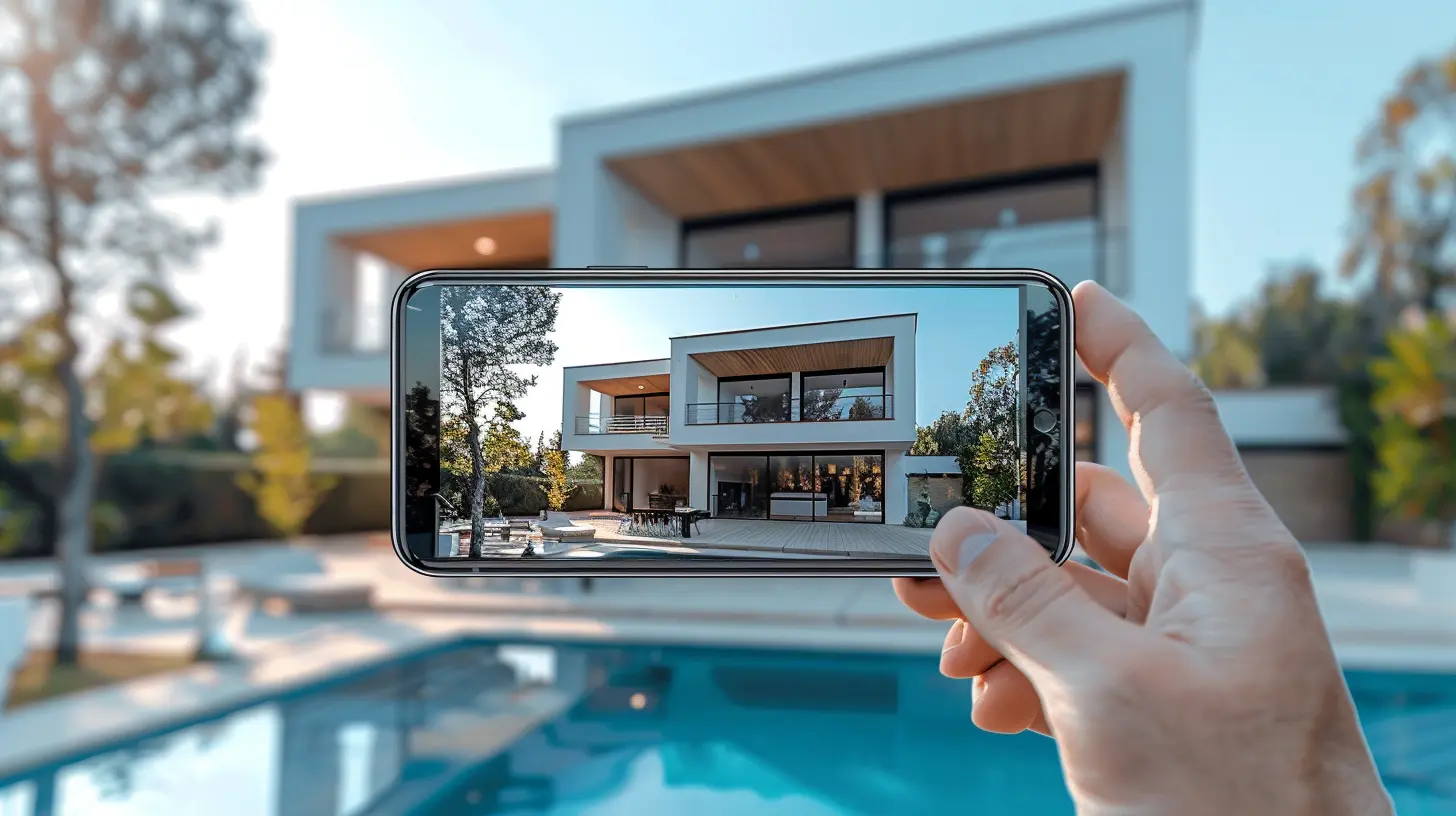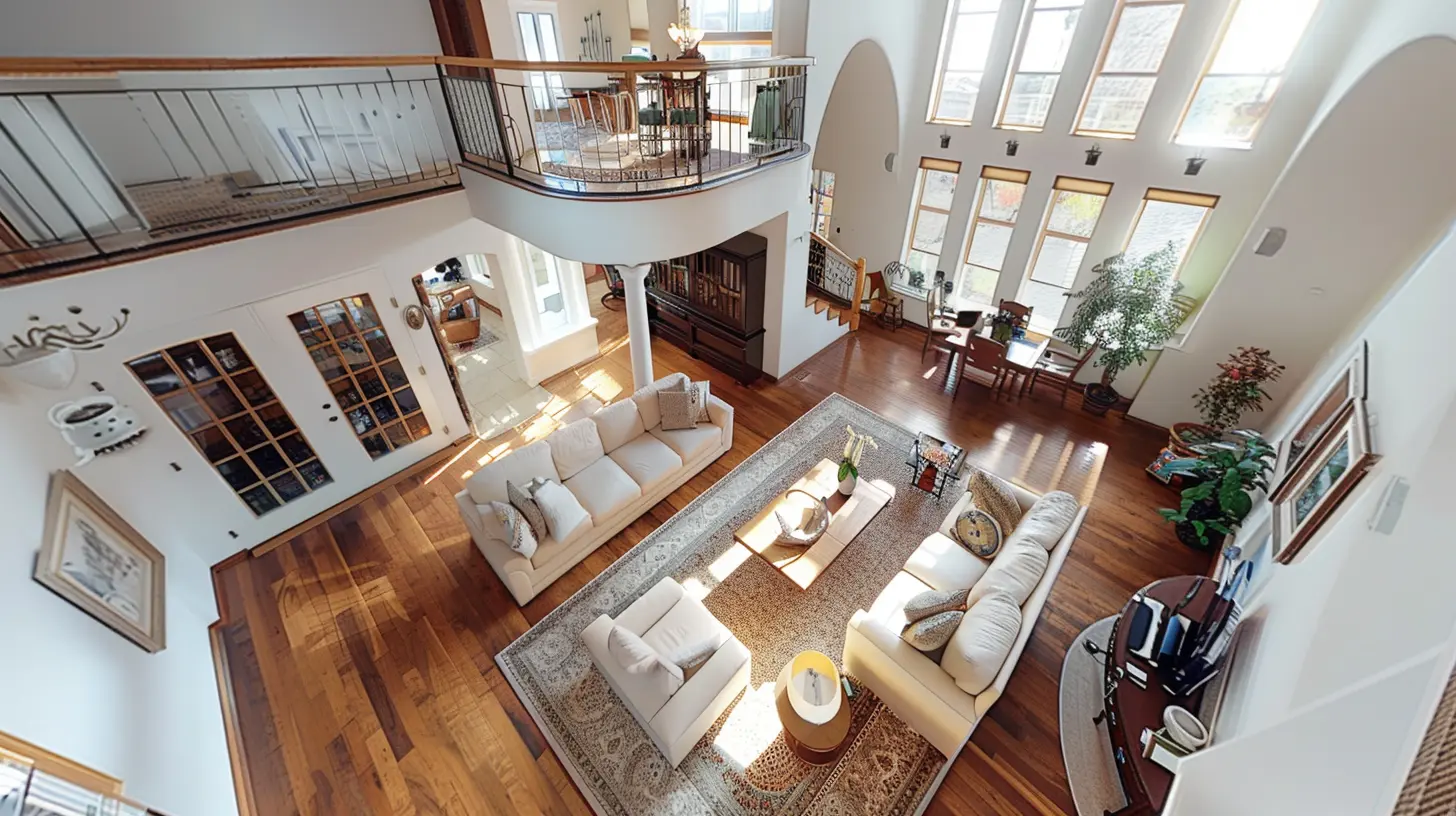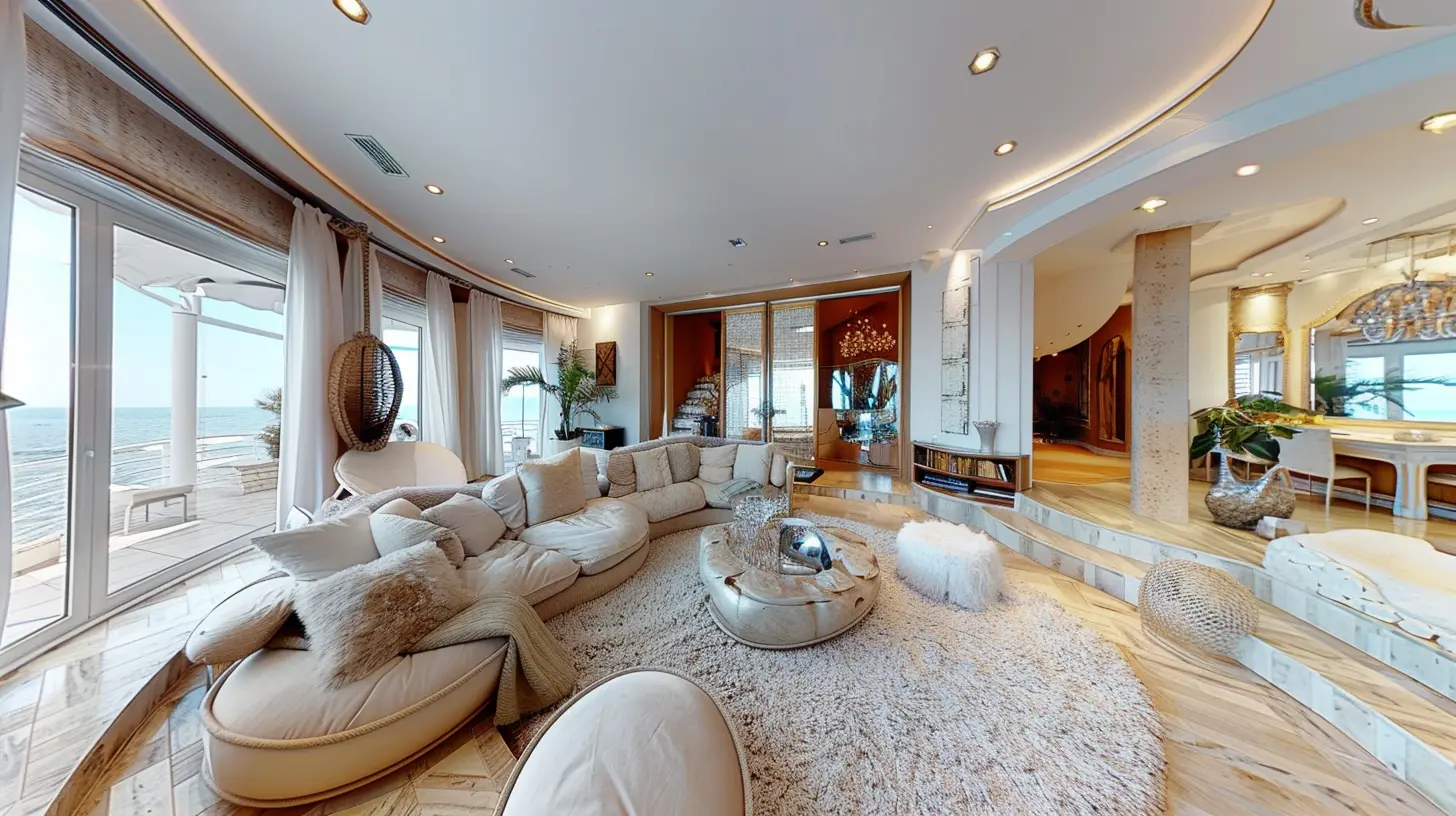Creating Virtual Tours: The Future of Real Estate Marketing
21 July 2025
Introduction
Imagine stepping into your dream home without even leaving your couch. Sounds like something out of a sci-fi movie, right? Well, it’s not. Virtual tours are changing the game in real estate marketing, making property visits as easy as scrolling through your phone. In an industry where first impressions matter, real estate agents and sellers are turning to immersive technology to showcase homes like never before.
But is this just another passing trend, or are virtual tours here to stay? Let’s dive into the world of 360-degree walkthroughs, interactive home experiences, and how this technology is revolutionizing the real estate market.

What Exactly Is a Virtual Tour?
Virtual tours are digital simulations of real-world spaces that allow potential buyers to walk through a property remotely. These tours are created using high-quality images, 360-degree videos, or even advanced 3D modeling. Unlike traditional photos, virtual tours offer an interactive experience where users can explore every nook and cranny of a property as if they were actually there.Think of it as Google Street View—but for homes. No more flat, lifeless pictures. Buyers can navigate through hallways, check out the backyard, and even get a feel for the neighborhood—all from their smart devices.

Why Virtual Tours Are Changing the Real Estate Game
1. Saves Time for Buyers and Sellers
House hunting can be exhausting. Driving from one open house to another feels like a never-ending marathon. Virtual tours cut out the hassle by letting buyers view multiple properties in one sitting. Sellers also benefit since they don't have to stage and clean their homes repeatedly for in-person showings.2. Attracts More Potential Buyers
A well-executed virtual tour can grab the attention of buyers who might have otherwise skipped over a listing. High-quality visuals keep them engaged longer, increasing the chances of turning an online visitor into a serious prospect.3. Gives Buyers a Better Sense of Space
Ever walked into a home that looked massive in pictures but felt like a shoebox in real life? Virtual tours provide a realistic sense of scale, helping buyers better understand the layout before visiting in person.4. Boosts Engagement & Listings Visibility
Google loves multimedia-rich content. Listings with virtual tours rank higher on search engines, leading to more clicks and inquiries. In an era where attention spans are shrinking, an interactive experience keeps buyers engaged longer than static images.5. Catering to Remote Buyers
With more people relocating for jobs or investing in properties from afar, virtual tours have become a must-have tool. Instead of making unnecessary trips, buyers can confidently make purchasing decisions remotely, saving them time and money.
The Technology Behind Virtual Tours
1. 360-Degree Photography
This involves taking multiple images from a central point and stitching them together to create a seamless panoramic view. Users can rotate the image to look in any direction.2. 3D Scanning & Rendering
Using advanced cameras like Matterport, real estate agents can create fully immersive 3D models of homes. This allows viewers to move through a property as if they were physically present.3. Augmented & Virtual Reality (AR/VR)
Some high-end listings now offer VR experiences where users can put on a headset and walk through a home in an ultra-realistic virtual environment. AR, on the other hand, allows buyers to visualize how furniture and decor would fit in a space before making a decision.
How to Create an Engaging Virtual Tour for Real Estate
If you’re thinking about jumping on the virtual tour bandwagon, here’s how to do it right:1. Invest in the Right Equipment
You don't need to break the bank, but quality matters. A good 360-degree camera, a tripod, and proper lighting can make all the difference.2. Stage the Home Perfectly
Clutter and bad lighting can ruin an otherwise great virtual tour. Ensure the home is clean, well-lit, and tastefully arranged to make the space look as inviting as possible.3. Use a Reliable Virtual Tour Platform
There are plenty of platforms out there, such as Matterport, Kuula, and Zillow 3D Home. Choose one that meets your needs and integrates well with your website and real estate listings.4. Create an Interactive & User-Friendly Experience
Make navigation intuitive. Buyers should be able to move seamlessly from one room to another without frustration. Adding clickable hotspots with additional details about rooms, amenities, or nearby attractions can enhance the experience.5. Include a Voiceover or Background Music
A guided voiceover that highlights key features can make the tour more engaging. Soft background music can also add a touch of warmth without being distracting.6. Optimize for Mobile Devices
Most buyers will view your virtual tour on their phones. Ensure it loads quickly, functions smoothly, and is mobile-friendly.The Future of Real Estate Marketing with Virtual Tours
With advancements in AI and VR, future virtual tours will become even more sophisticated. Imagine AI-powered tours that can analyze a buyer's preferences and suggest properties based on their tastes. Or virtual open houses where agents interact with potential buyers in real-time, answering questions as they explore a home.As younger, tech-savvy generations enter the housing market, the demand for virtual experiences will only grow. Real estate agents who embrace this innovation now will have a competitive edge in the coming years.
Is It Time to Go Virtual?
If you're a real estate agent or seller still relying solely on traditional marketing, it’s time to reconsider. Virtual tours are no longer a luxury; they’re becoming the industry standard. They attract more buyers, speed up the selling process, and create an unparalleled viewing experience.So, will you embrace the future of real estate marketing or remain stuck in the past? The choice is yours.
all images in this post were generated using AI tools
Category:
Real Estate PhotographyAuthor:

Melanie Kirkland
Discussion
rate this article
1 comments
Parker Reynolds
In pixels and panoramas, dreams unfold, Virtual realms where stories are told. A glimpse of home, a journey anew, With each guided step, connection grew. In this digital dance, the future's bright, Real estate’s heartbeat, glowing with light.
August 3, 2025 at 12:54 PM

Melanie Kirkland
Thank you for capturing the essence of virtual tours in real estate! Your poetic perspective beautifully highlights the transformative potential of digital experiences in connecting people to their future homes.


